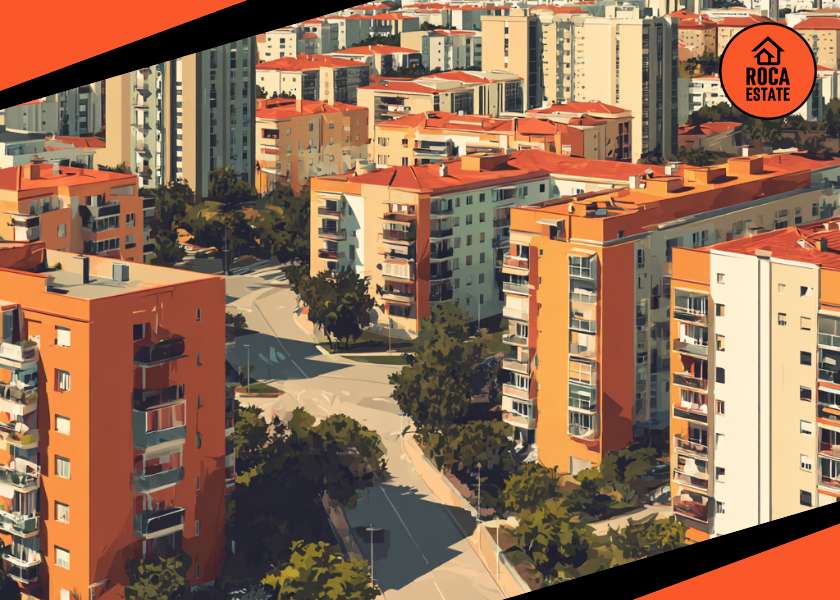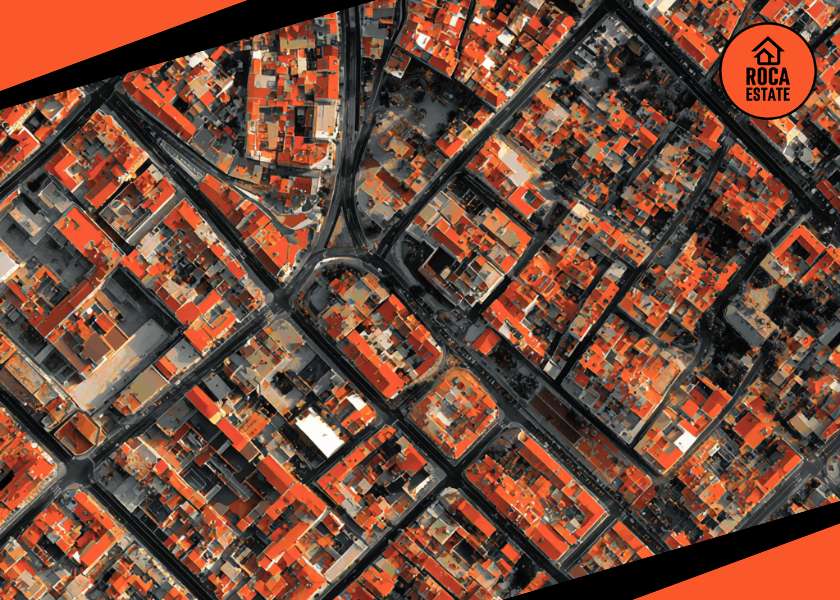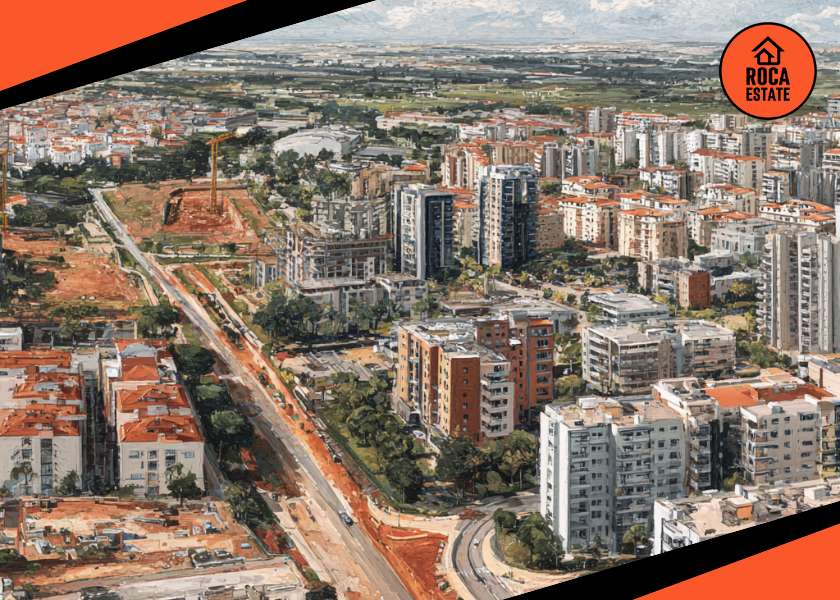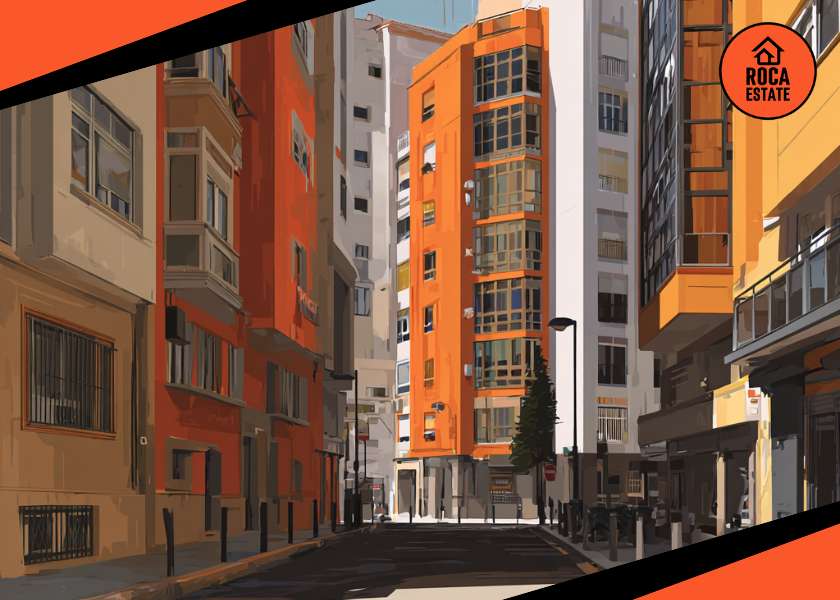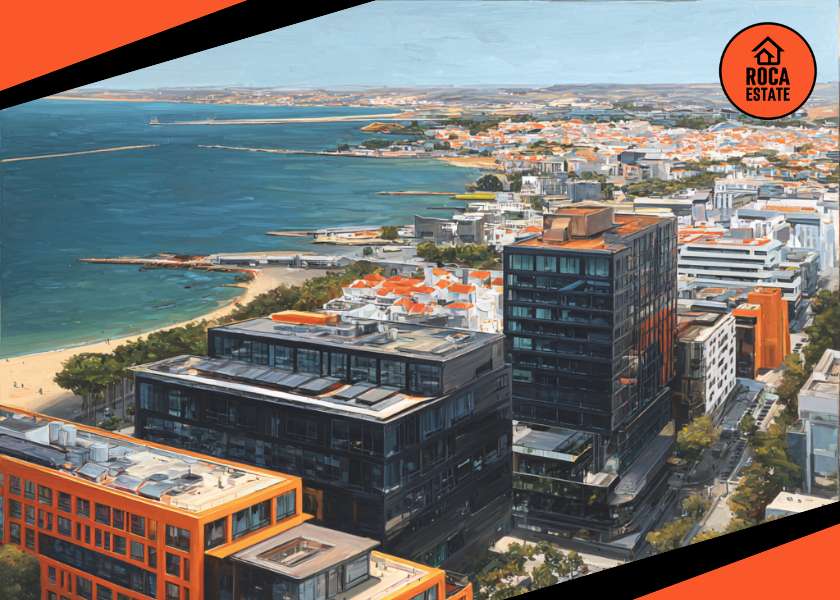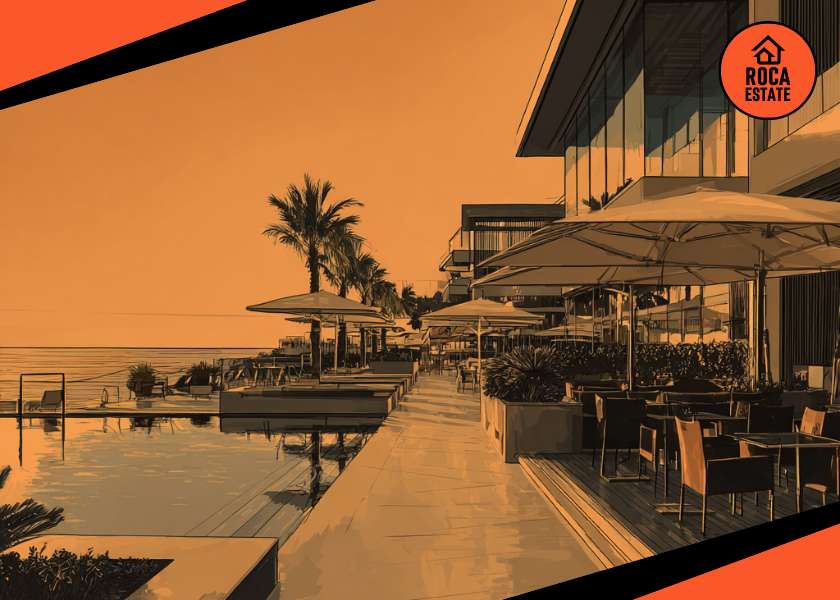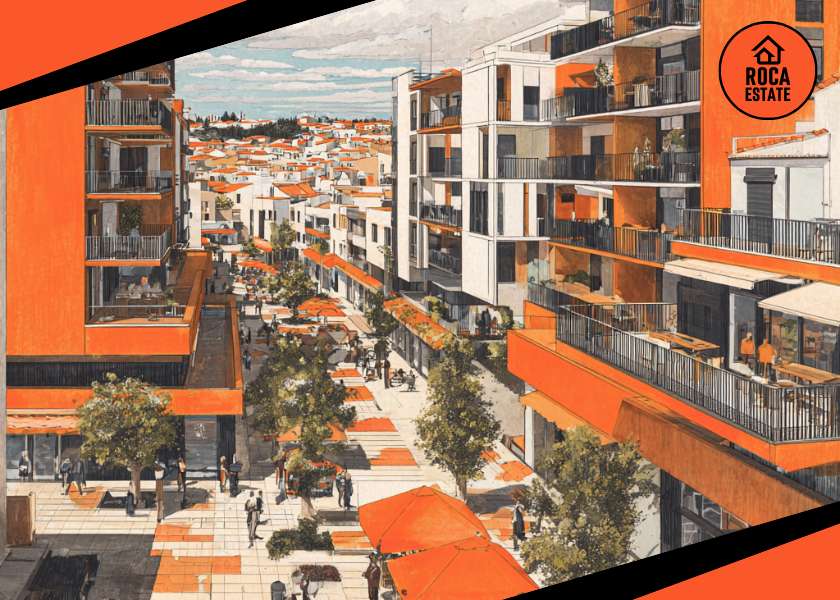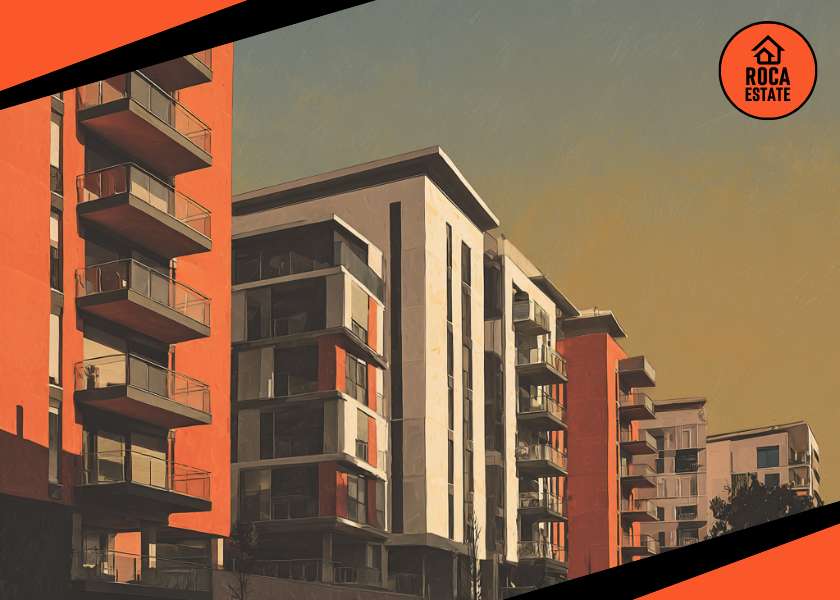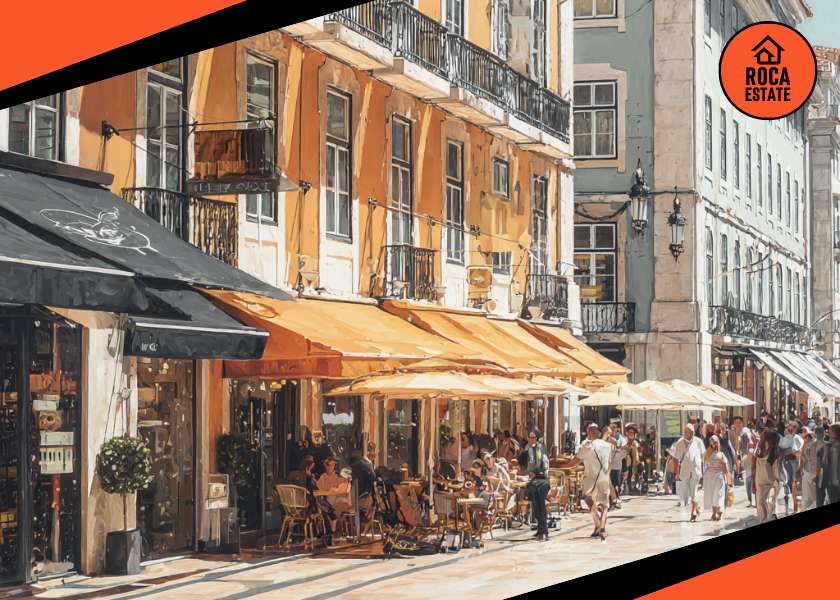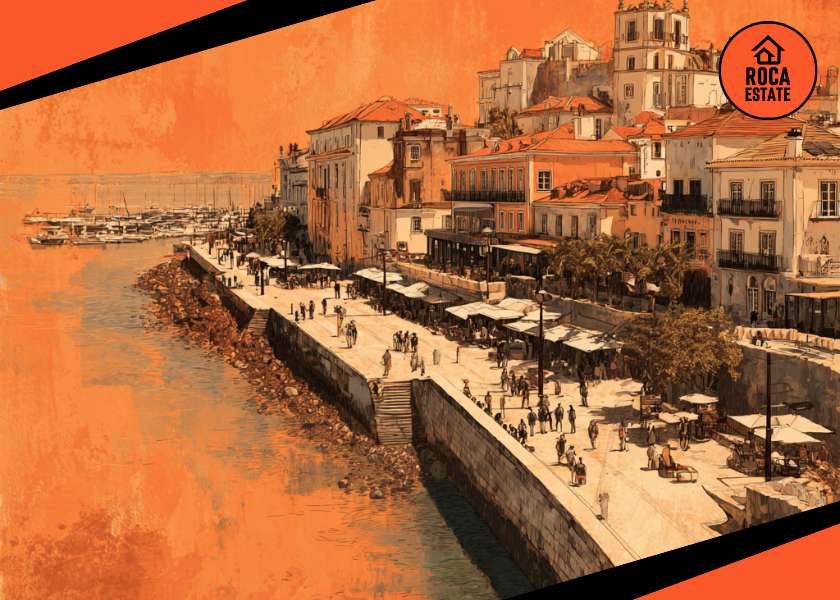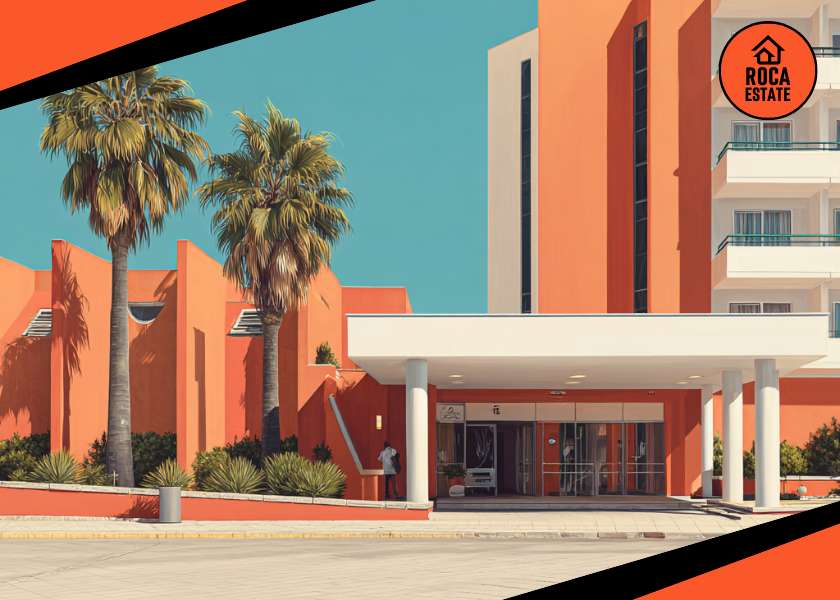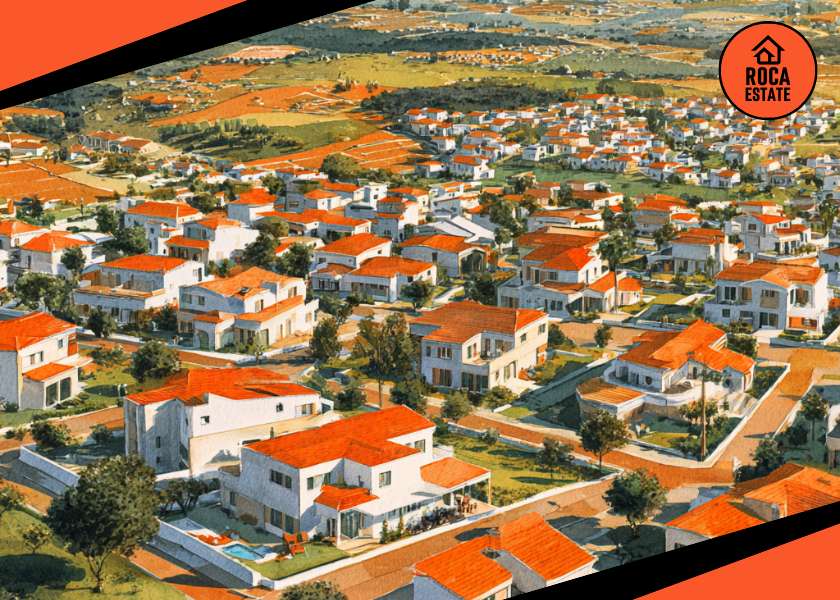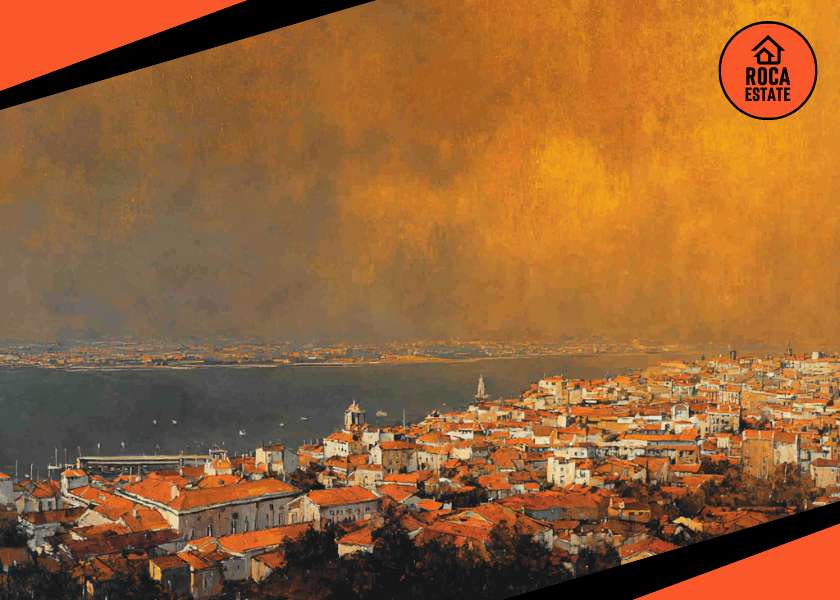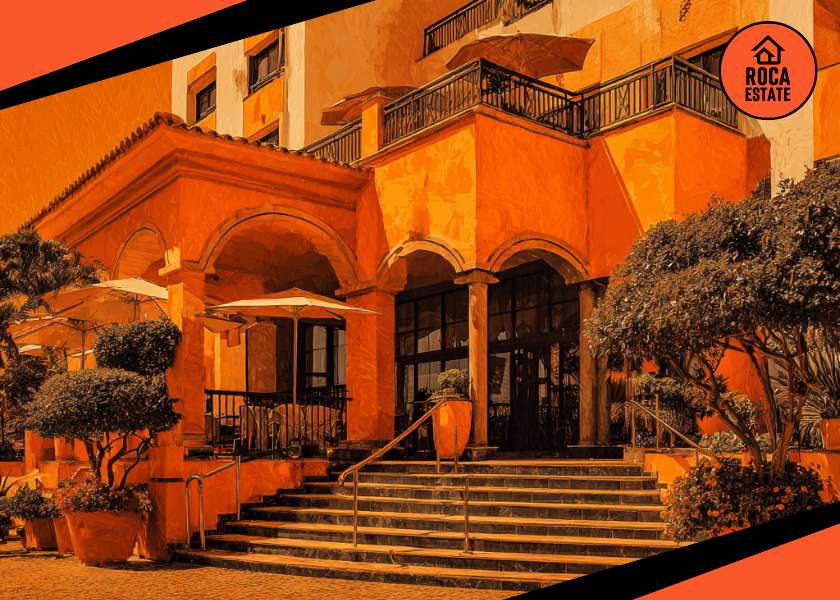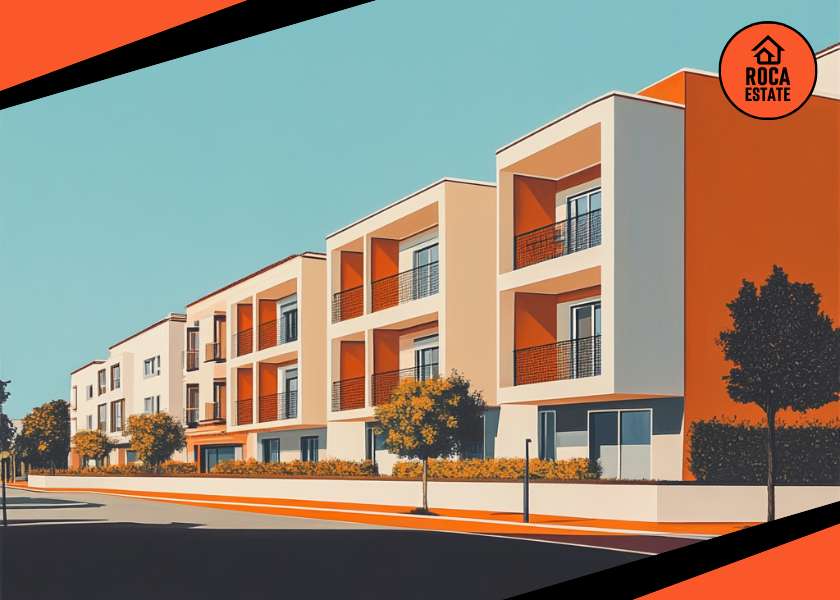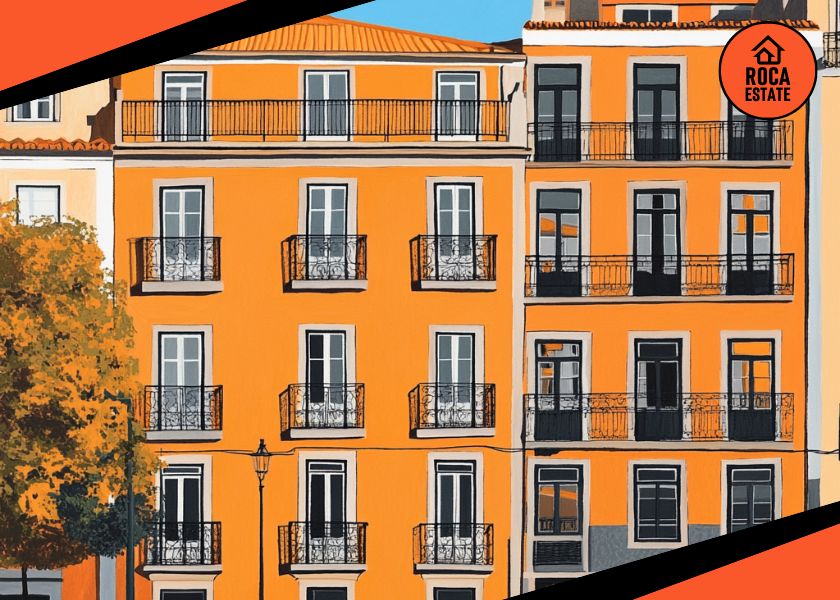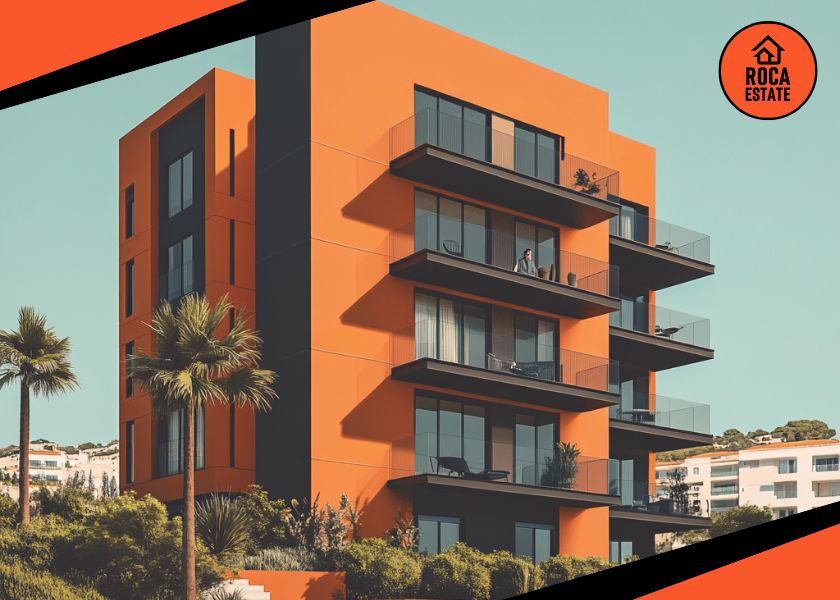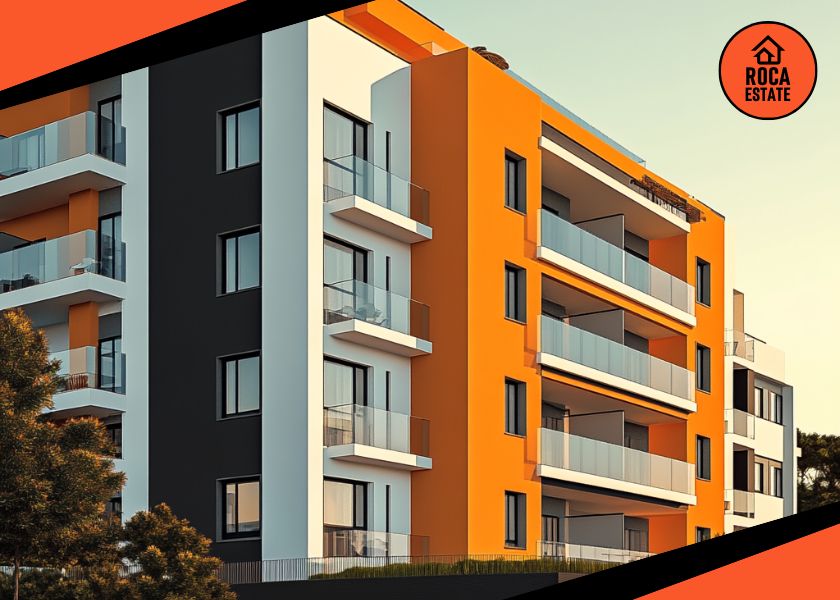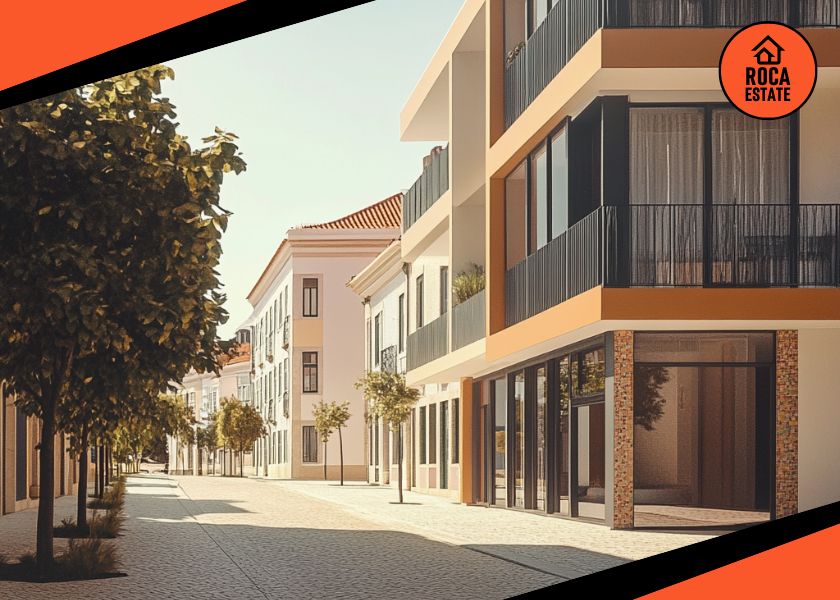Portugal commercial real estate investment continues to be shaped by the performance of the tourism sector, which remains one of the country’s strongest economic pillars. According to the latest data from INE, August 2025 registered 3.8 million guests (+0.9%) and 10.7 million overnight stays (+1.1%), generating €1.0 billion in total revenues. Resident demand played a decisive role in sustaining growth, offsetting a decline in non-resident visitors. This balance highlights the resilience of the domestic market, which is particularly relevant for investors assessing hospitality assets and related commercial opportunities. For those planning to buy property in Portugal, such figures are essential for evaluating long-term yield stability.
At the same time, the August report shows clear signals of moderation compared to July, with occupancy rates softening and growth in RevPAR slowing. International source markets displayed mixed results, with the U.S. and Canada expanding, while Spain and Italy contracted. These divergences suggest that investors should carefully track geographic shifts in demand when allocating capital to hotels, retail, and mixed-use assets. The data underlines the importance of risk management, diversification, and forward-looking strategy when evaluating exposure to Portugal’s evolving tourism and commercial real estate markets.
Guests in tourist accommodation establishments
Key Market Insights
Domestic Demand Remains the Anchor
Domestic tourism remained the primary driver of growth in August 2025, with resident overnight stays advancing 4.1%, in sharp contrast to the 0.5% contraction in international demand. This resilience confirms the importance of local consumers in sustaining Portugal’s accommodation industry during periods of global uncertainty. For Portugal commercial real estate investment, the performance of the domestic market highlights the strategic value of assets that capture stable local demand, particularly in mid-market urban hotels, serviced apartments, and family-oriented resorts.
Overnight stays in tourist accommodation establishments
Notably, growth extended beyond traditional leisure destinations. Regions such as Lisbon (+8.4%) and Madeira (+39.6%) benefited from strong resident participation, compensating for softer foreign inflows. For investors evaluating where to buy property in Portugal, this trend supports a diversified approach: targeting urban centers with year-round activity and secondary regions with robust domestic tourism can strengthen portfolio resilience and long-term returns.
Shifts in International Source Markets
August 2025 highlighted diverging trends across Portugal’s main inbound tourism markets. While the United States (+9.8%) and Canada (+8.5%) delivered strong growth, traditional European sources such as Spain (-9.1%) and Italy (-6.9%) recorded sharp declines. This rebalancing indicates that Portugal is becoming increasingly dependent on long-haul travelers, whose spending patterns are typically higher but more sensitive to global economic conditions and exchange rate shifts. For Portugal commercial real estate investment, these dynamics underline the need for careful positioning of hospitality and retail assets to align with evolving demand profiles.
For investors considering where to buy property in Portugal, the message is twofold: assets in Lisbon and Porto remain well-placed to benefit from rising North American arrivals, while properties heavily reliant on neighboring European visitors may face revenue volatility. A forward-looking strategy involves diversifying exposure toward destinations attractive to long-haul markets, integrating premium amenities, and ensuring product differentiation to capture higher-value segments.
Regional Differentiation and Climate-Linked Risks
August 2025 revealed significant regional contrasts in tourism performance, underlining the importance of geographic diversification for Portugal commercial real estate investment. The Centro region was the only area to record a contraction in overnight stays (-3.0%), partly due to wildfires that disrupted activity. By contrast, Madeira (+3.7%) and the Setúbal Peninsula (+3.3%) registered notable growth, while Lisbon and the Algarve maintained their dominance as the country’s leading markets. Such disparities demonstrate how environmental and climate-related factors can increasingly shape investment outcomes, particularly in inland regions where tourism is more vulnerable to seasonal and environmental shocks.
Overnight stays in tourist accommodation establishments (by region)
For investors evaluating where to invest in property in Portugal, these variations underscore the strategic importance of balancing exposure between core urban hubs and secondary leisure destinations. Assets in resilient markets such as Lisbon, Porto, and Madeira may provide greater protection against volatility, while selective opportunities in emerging regions can enhance long-term yield. Incorporating climate risk assessments and scenario planning into acquisition strategies is now an essential element of disciplined portfolio management.
Occupancy, RevPAR, and ADR: A Mixed Picture
Net room occupancy rate in tourist accommodation establishments
Performance indicators in August 2025 point to a market entering a more selective growth phase. Occupancy softened even as revenue metrics advanced, creating a mixed scenario for Portugal commercial real estate investment.
- Occupancy rates: Bed occupancy dropped to 66.8% (-1.1 p.p.), and room occupancy declined to 73.4% (-1.2 p.p.), suggesting weaker volume dynamics.
- RevPAR: Averaged €116.8 (+2.6%), with the Algarve maintaining leadership at €174.9, though showing early signs of plateauing.
- ADR: Climbed to €159.2 (+4.3%), led by Madeira (+9.2%) and the Alentejo, signaling pricing power in select markets.
The combination of declining occupancy and rising ADR indicates that operators are prioritizing yield over volume. For investors considering where to invest in Portugal, this underscores opportunities in premium, experience-driven assets that can sustain higher rates, while also warning of margin compression risks in secondary markets more exposed to fluctuating demand.
Net room occupancy rate in tourist accommodation establishments (by region)
Forward-Looking Implications for Investors
Shifting Demand Dynamics Require Strategic Positioning
The August 2025 data confirms that Portugal’s tourism industry is entering a phase of slower but more selective growth. For Portugal commercial real estate investment, this means hospitality and retail assets must be positioned with greater precision. The strong performance of long-haul markets such as the U.S. and Canada suggests that Lisbon and Porto will continue to capture premium demand, while properties reliant on traditional European visitors may face cyclical weakness. Investors should prioritize locations and asset classes aligned with higher-spending, long-haul travelers.
Diversification to Mitigate Climate and Regional Risks
Regional disparities, including the contraction in the Centro region linked to wildfires, highlight how environmental risks can directly affect tourism flows. For investors looking to buy property in Portugal, geographic diversification becomes not just a growth strategy but a risk management necessity. Exposure to resilient markets such as Lisbon, the Algarve, and Madeira should be balanced with selective entry into emerging regions, provided climate vulnerability is carefully assessed. Incorporating resilience planning and sustainability measures into investment strategies will be increasingly critical for long-term value.
Revenue Optimization and Asset Selection
The divergence between rising ADR and falling occupancy points to a market where operators are leveraging pricing strategies rather than volume growth. For investors, this dynamic underscores opportunities in premium hospitality assets capable of sustaining strong daily rates, especially in urban hubs and coastal resorts with differentiated offerings. Conversely, secondary markets with weaker demand may see margin erosion, affecting yields and asset liquidity.
Financing and Macro Considerations
With financing conditions gradually stabilizing in Portugal, investors can expect more predictable access to capital. However, liquidity in commercial property transactions is likely to remain selective. Institutional and private investors alike should focus on disciplined underwriting, stress-testing assumptions against occupancy volatility, and securing assets with proven track records of resilient performance.
Strategic Conclusion
The August 2025 tourism report demonstrates that Portugal’s market fundamentals remain resilient, but growth patterns are becoming more selective and regionally differentiated. For Portugal commercial real estate investment, the data underscores the importance of a disciplined, forward-looking approach. Domestic demand continues to stabilize revenues, while international inflows show divergence, emphasizing the need for targeted asset strategies. Rising ADR alongside declining occupancy further illustrates the market’s pivot toward yield optimization, creating both opportunities and risks.
Key strategic considerations for investors include:
- Prioritize resilience: Focus on assets aligned with stable domestic demand and high-value long-haul travelers.
- Diversify geographically: Balance exposure between core hubs (Lisbon, Porto, Algarve) and selective emerging markets.
- Integrate risk management: Factor climate-related vulnerabilities and regional disparities into acquisition and portfolio planning.
- Monitor performance metrics: Track occupancy, ADR, and RevPAR closely to anticipate revenue compression in weaker markets.
For those planning to invest in property in Portugal, disciplined investment frameworks, supported by continuous market monitoring, will be essential to capture yield while mitigating volatility.
Looking to strengthen your portfolio and buy property in Portugal? Contact Roca Estate for expert guidance and tailored investment opportunities in the country’s most resilient and profitable markets.

